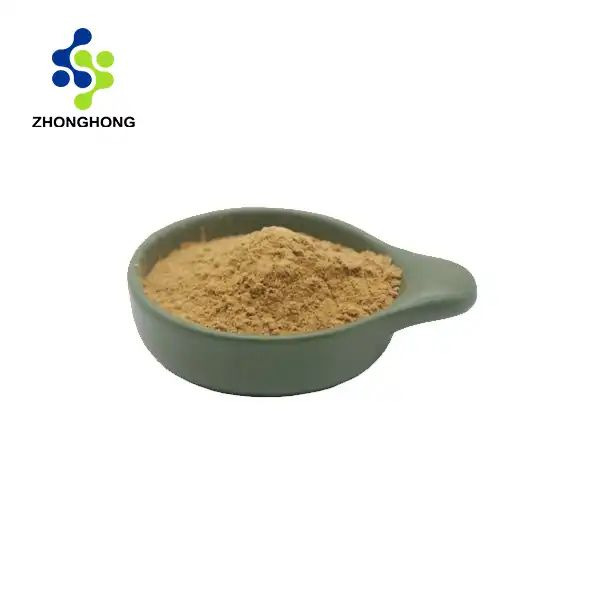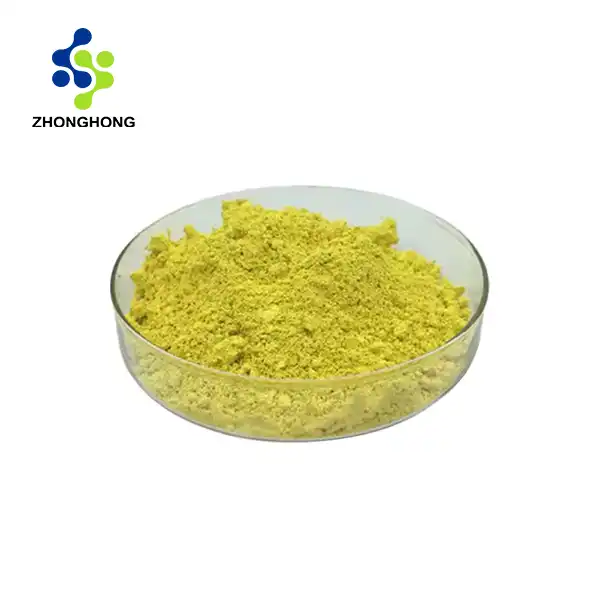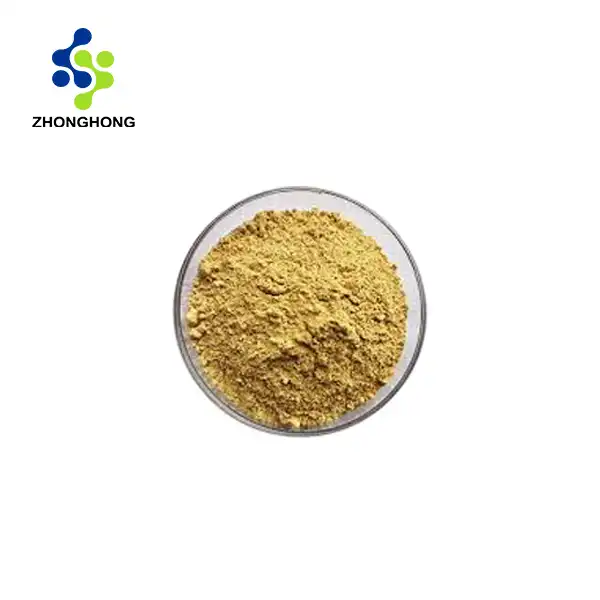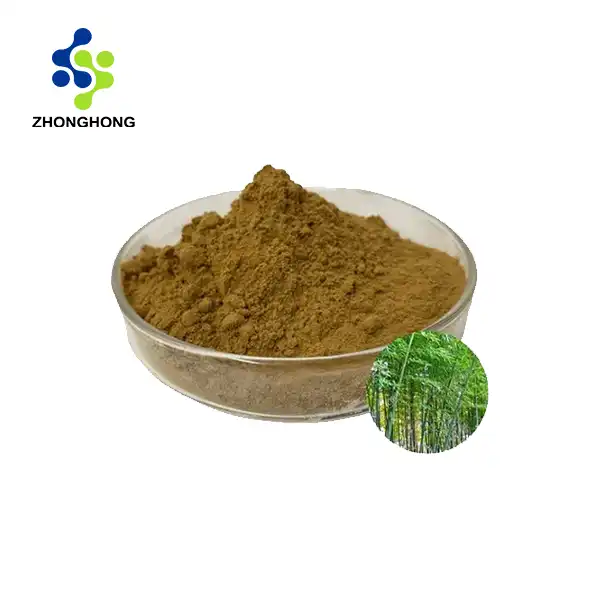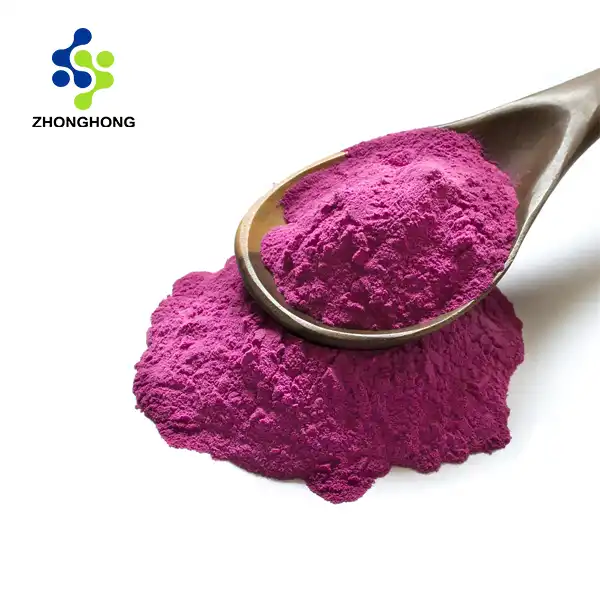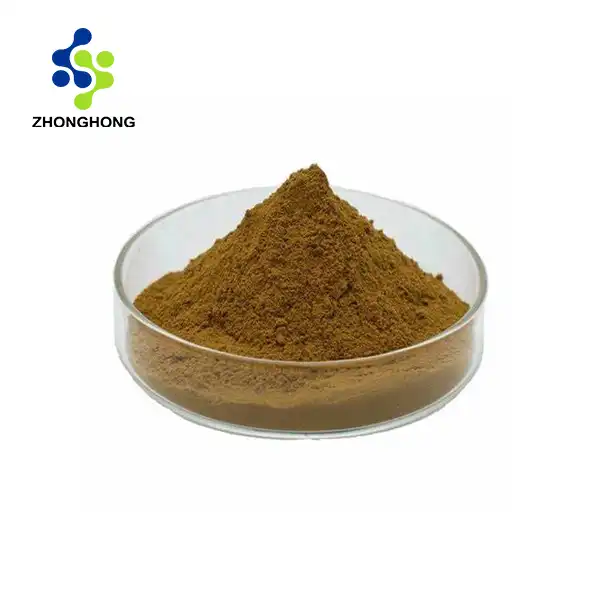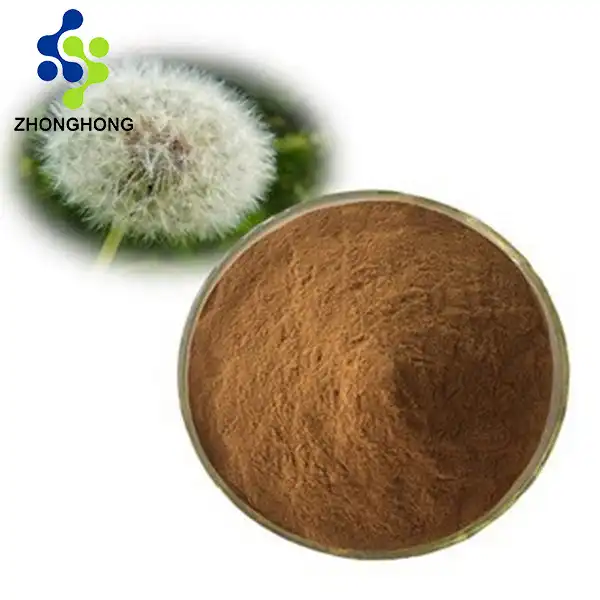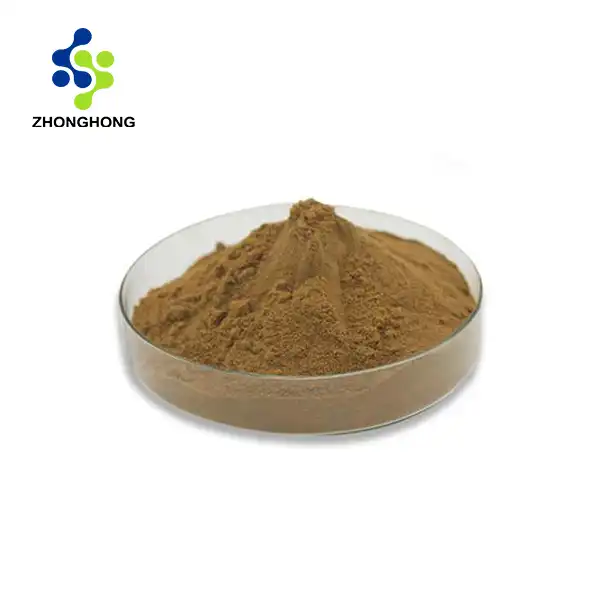The Science Behind Beta Acids in Hops
Chemical Structure and Properties of Beta Acids
Beta acids, also known as lupulones, are a group of compounds found in hop cones alongside alpha acids. These compounds play a crucial role in the bittering and preservative qualities of hops. The chemical structure of beta acids consists of a six-membered ring with various side chains, including isoprenyl groups. They are able to isomerize under certain conditions and are soluble in organic solvents because of their unique structure.Beta acids are generally less bitter than alpha acids but possess stronger antimicrobial properties, making them valuable in both brewing and potential medicinal applications.
Differences Between Alpha and Beta Acids
Alpha acids are primarily responsible for the bitter taste in beer, whereas beta acids contribute more to the preservative qualities. Alpha acids undergo isomerization during the brewing process, increasing their solubility and bitterness. In contrast, beta acids remain relatively stable during brewing but can oxidize over time, potentially leading to off-flavors in beer if not properly managed. The ratio of alpha to beta acids varies among hop varieties, with some cultivars bred specifically for higher beta acid content for their antimicrobial properties.
Importance of Beta Acids in Brewing and Beyond
In brewing, they contribute to the overall hop flavor profile and help prevent bacterial growth in beer, extending its shelf life. Beyond brewing, research has shown potential applications for beta acids in natural preservatives, antimicrobial agents, and even as possible anticancer compounds. The growing interest in natural ingredients has led to increased demand for isolated beta acids, driving innovation in extraction and purification techniques to obtain high-quality hops extract powder.
Extraction Methods for Beta Acids
Traditional Solvent Extraction Techniques
Before the advent of supercritical CO2 extraction, traditional solvent extraction methods were commonly used to obtain beta acids from hops. Organic solvents like ethanol, hexane, or methanol are typically used in these methods to dissolve and extract the desired compounds.The process begins with grinding dried hops into a fine powder to increase surface area for better extraction efficiency. The hop powder is then mixed with the chosen solvent and agitated for a specific period, allowing the beta acids to dissolve into the solvent. After extraction, the mixture is filtered to remove solid plant material, and the solvent is evaporated to leave behind a concentrated extract containing beta acids and other hop compounds. While effective, these methods often require multiple extraction cycles and can result in residual solvents in the final product, necessitating additional purification steps.
Supercritical CO2 Extraction Process
Hops beta acids with a high purity can now be obtained using supercritical CO2 extraction. This technique utilizes carbon dioxide in its supercritical state, where it exhibits properties of both a liquid and a gas. The process begins by loading finely ground hop powder into an extraction vessel. CO2 is then pressurized and heated to reach its supercritical state, typically at pressures above 73 atmospheres and temperatures above 31°C. As the supercritical CO2 flows through the hop material, it selectively dissolves beta acids and other desired compounds. The CO2-extract mixture then passes through a separator where the pressure is reduced, causing the CO2 to return to its gaseous state and precipitating the extracted compounds. This method offers several advantages, including high selectivity, minimal thermal degradation of sensitive compounds, and the absence of toxic solvent residues in the final product.
Emerging Technologies in Beta Acid Extraction
As demand for high-quality hops extract powder increases, researchers and industry professionals are exploring new technologies to enhance beta acid extraction. One promising approach is the use of ultrasound-assisted extraction, which employs high-frequency sound waves to disrupt plant cell walls and improve solvent penetration. This technique can potentially reduce extraction times and increase yields compared to traditional methods. Another innovative approach is microwave-assisted extraction, which uses microwave energy to heat the solvent and plant material rapidly, accelerating the extraction process. Additionally, enzyme-assisted extraction is being investigated as a way to break down plant cell walls more effectively, allowing for better access to beta acids and other valuable compounds.
Applications and Benefits of Extracted Beta Acids
Use in the Brewing Industry
The brewing industry makes extensive use of extracted beta acids, which have multiple uses. Brewers frequently add beta acid extracts to beer to increase its stability and shelf life. Beta acids' potent antimicrobial properties hinder beer-spoiling bacteria, particularly lactic acid bacteria, which can cause off-flavors and turbidity. Additionally, beta acids contribute to the overall hop flavor profile by adding complexity to the beer's flavor without significantly increasing bitterness. After fermentation, some brewers use beta acid extracts to change the hop character of their beers. This lets them fine-tune flavor profiles without having to boil or dry hop again.Brewers are also able to achieve consistent hop flavors and antimicrobial effects across batches thanks to the ability to use concentrated beta acid extracts, regardless of differences in whole hop quality or availability.
Potential Pharmaceutical and Nutraceutical Applications
The unique properties of beta acids have sparked interest in their potential pharmaceutical and nutraceutical applications. Beta acids are potential candidates for natural health supplements due to their anti-inflammatory and antioxidant properties, as demonstrated by research. Beta acids' potential for diabetes and obesity management has been the subject of some studies; however, more research is required to fully comprehend their safety and efficacy in these areas. In the pharmaceutical realm, beta acids are being investigated for their potential antimicrobial properties, with some researchers exploring their use in developing new antibiotics to combat resistant bacteria. The natural origin of beta acids makes them attractive for the growing market of plant-based medicines and supplements, driving continued research into their potential health benefits.
Environmental and Economic Considerations
The extraction of beta acids from hops has an impact on both the economy and the environment. The majority of people believe that supercritical CO2 extraction is more environmentally harmful than solvent extraction.
Because it is neither toxic nor flammable, CO2 can be recycled during the extraction process to reduce waste and impact on the environment. Maintaining supercritical conditions, on the other hand, can necessitate a significant amount of energy consumption, necessitating ongoing research into extraction techniques that use less energy. The production of high-quality, concentrated beta-acid powdered hops extract powder increases the value of hop crops and may provide hop growers with additional revenue streams from an economic standpoint. Diverse market opportunities are created by beta acid extracts' versatility in brewing, food preservation, and potential health applications, driving innovation and investment in extraction and purification technologies. The economic significance of beta acid extraction is likely to rise in tandem with the growing demand for natural ingredients. This could lead hop breeding programs and cultivation practices to favor varieties with a higher beta acid content.
Conclusion
Extracting beta acids from hops is a sophisticated process that combines advanced technology with careful handling of natural materials. The resulting hops extract powder offers valuable applications across multiple industries, from brewing to potential pharmaceutical uses. As research continues to unveil new benefits and applications of beta acids, the importance of efficient and high-quality extraction methods will only grow, driving innovation in this fascinating field. If you want to get more information about this product, you can contact us at liaodaohai@gmail.com.
_1728976869676.webp)
